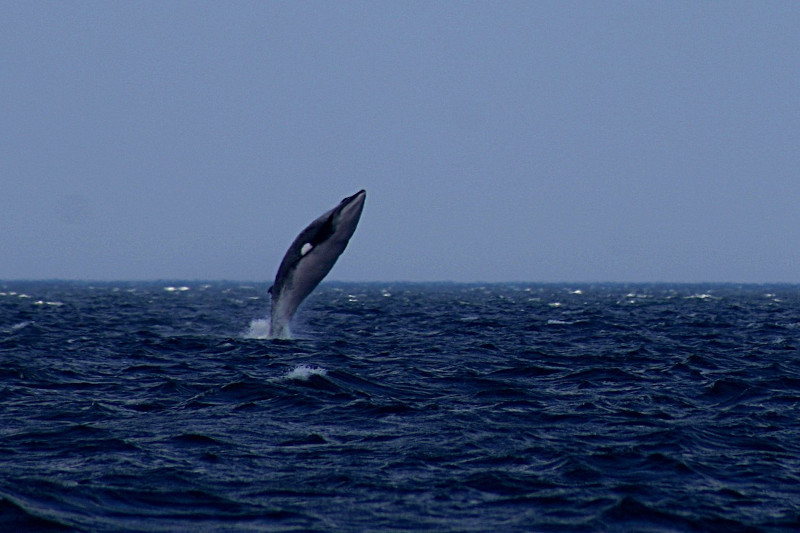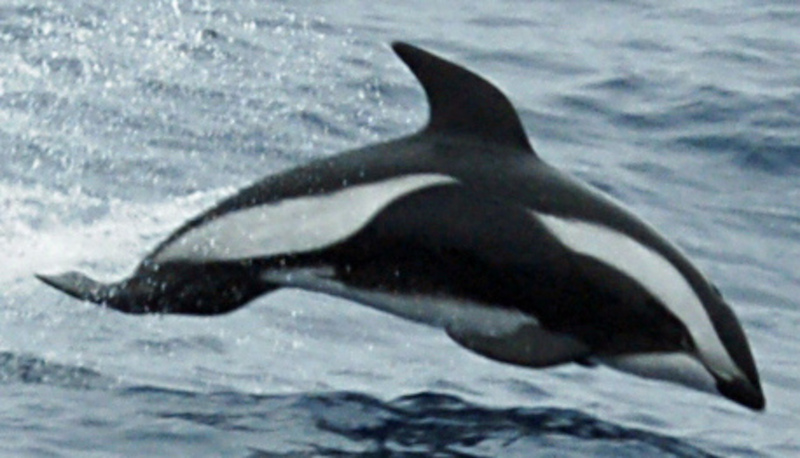Gentoo Penguin Facts
- This gorgeous product of Nature and evolution most often goes by the simple common name of the Gentoo Penguin. It does have a few other general titles, though. These include the equally easy terms of the Johnny Penguin, or even just the Johnny.
- Within most scientific circles, however, it’s more typically known by its official name. Thankfully, that’s a relatively easy term for the layperson to pronounce. That’s because this marvel of biology bears the technical moniker of the Pygoscelis papua.
- The animal received that name due to the efforts of the German naturalist, Johann Reinhold Forster. The noted ornithologist accomplished the first formal recognition of the bird as a separate and distinct species. This noteworthy deed occurred in 1781.
- Regardless of which of these one chooses to employ when discussing it, the animal remains an impressive species. It ranks as the third-largest of all known penguin varieties. Four acknowledged subspecies of this natural marvel also currently exist.
- Thankfully, it appears to be maintaining a population base that’s both stable and sufficient. That fortunate fact further seems to hold true throughout the entirety of its native range. The IUCN therefore presently lists it as Least Concern on its Red List.
- Sadly, though, it faces many potential threats to its continued existence. Most of these stem from the actions of mankind. Fishing, hunting, and even recreational activities pose dangers. Its greatest threat, though, likely comes from climate change.
Related Articles



Gentoo Penguin Physical Description
The remarkable Gentoo Penguin never fails to captivate those fortunate enough to encounter it in its native environment. Yet it doesn’t do so merely due to its appearance. That also occurs due to its impressive physical statue, as has already been mentioned.
The beautiful creature also follows the pattern common to many animal species regarding physique. That’s in the fact that it displays a degree of the physiological characteristic of sexual dimorphism. In its case, though, this only appears to a minor extent.
Males of the species attain a greater size than their female counterparts. These usually reach a maximum weight of approximately 19 lb (8.5 kg) prior to moulting. Following that process, however, that measurement frequently drops to as little as a mere 11 lb (4.9 kg).
But the females remain slightly less bulky in their form. These generally grow to a maximum mass equaling roughly 18 lb (8.2 kg). After their moulting process, that usually reduces to about 9.9 lb (4.5 kg). Exceptional individuals nevertheless do sometimes occur.
Otherwise, specimens of both genders of the Gentoo Penguin present the same overall appearance. One combination of features specifically stands out in this regard. That’s the presence of a wide white stripe that extends across the head, and its orange-red bill.
The remainder of the body displays a pattern of coloring typical among its many brethren. It mainly displays black on the back and sides, and white on the stomach. It does, though, show whitish-pink feet, and the most prominent tail of all known species of penguin.
- Kingdom: Animalia
- Phylum: Chordata
- Class: Aves
- Order: Sphenisciformes
- Family: Spheniscidae
- Genus: Pygoscelis
- Species: P. papua
Gentoo Penguin Distribution, Habitat, and Ecology
The intriguing Gentoo Penguin evolved as native to a moderate expanse of the globe. The exact location of this region comes as no great surprise, though. That holds true since this product of eons of development lives in the region now known as Antarctica.
This includes, of course, the peninsula itself. Yet many of them also make their homes on the numerous sub-Antarctic islands prevalent in this part of the world. The largest single concentration appears on South Georgia, itself a member of the Falkland Islands group.
The flightless bird displays strong preferences regarding its choice of habitat type. Surprisingly to many, depsite the prevalence of ice in the cold climate the animal resides in, it typically chooses to live on various surfaces that remain principally free of icy coverings.
These typically consist of regions such as flat, rocky areas. Many choose to live on or around low-hanging cliffs, or even between clumps of grass. In both instances, though, these geographical features most often lie situated within relatively shallow coastal sections.
Like its relatives, the Gentoo Penguin evolved as a carnivorous creature. It primarily feeds on quantities of crustaceans, such as shrimp and krill. They generally supplement this with various species of fish and cephalopod. They also tend to feed quite opportunistically.
After mating, the female almost always lays two eggs. Both parents share in the incubation, alternating daily. Hatching usually takes 34 – 36 days. Seabirds, though, often prey on the eggs or chicks. Adults fall vicitm to sea lions, leopard seals, and orcas in the water.
Species Sharing Its Range



Check out our other articles on 4 Fantastically Fascinating Fungi, Black Rain Frog, Scrub Morning Glory, Nyiragongo Volcano, Thorny Dragon, Giant Leopard Moth, Maned Wolf












Leave a Reply